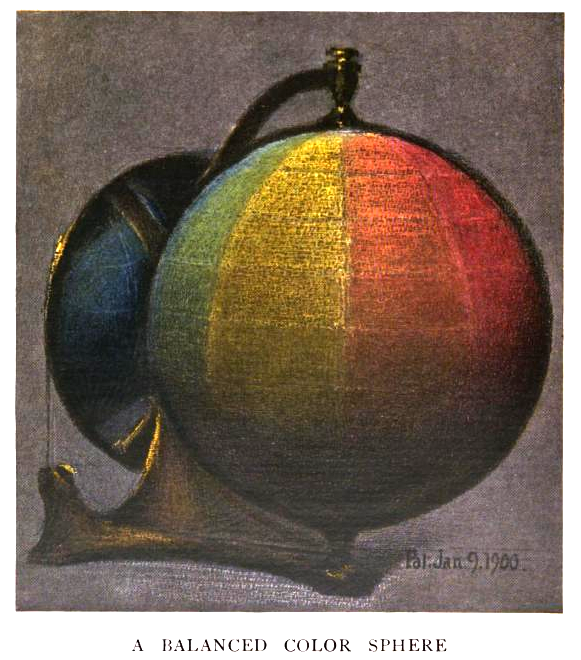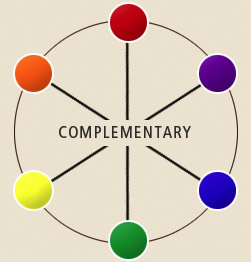DrEaMiNg in CoLoR
Thursday, December 9, 2010
Thursday, December 2, 2010
Monday, November 8, 2010
ALBERT HENRY MUNSELL
Albert Henry Munsell was born on January 6th, 1858 in Boston Massachusetts. He was an American painter, art teacher, and invented the Munsell Color System. He attended and served on the faculty of Massachusetts College of Art, and died in nearby Brookline. As a painter he was known for portraits and seascapes, but he is most famous for the Munsell Color System. While attending Art School in the late 19th century Munsell became aware that there was no practical theory of color. He started experimenting, and from his own work created the Munsell Color System. His new system made it possible to discuss color scientifically. He used terms like Hue, Value, and Chroma. Munsell published a standard color atlas defining the Munsell Color Standard which was impossible before. He also wrote 2 other books on it: A Color Notation, and A Grammar of Color: Arrangements of Strathmore Papers in a Variety of Printed Color Combinations According to The Munsell Color System. His work was embraced by the scientific community. The Munsell color order system has gained international acceptance and has served as the foundation for many other color order systems, including CIELAB. In 1917, he founded the Munsell Color Company. His theory is still taught today.

^Example of Albert Munsells paintings

^ Atlas of the Munsell Color System

^the color frontispiece from Albert Henry Munsell's 1905 pamphlet A Color Notation

^ Munsell Color System Chart
Hue:
Each horizontal circle Munsell divided into five principal hues: Red, Yellow, Green, Blue, and Purple, along with 5 intermediate hues halfway between adjacent principal hues. Each of these 10 steps is then broken into 10 sub-steps which represent the chroma. Two colors of equal value and chroma, on opposite sides of a hue circle, are complementary colors, and mix additively to the neutral gray of the same value.
Value:
Value, or lightness, varies vertically along the color solid, from black (value 0) at the bottom, to white (value 10) at the top.[5] Neutral grays lie along the vertical axis between black and white.
Chroma:
Chroma, measured radially from the center of each slice, represents the “purity” of a color, with lower chroma being less pure (more washed out/dull). Different areas of the color space have different maximal chroma coordinates.
(see below)

Complementary Colors are the colors across from one another on the color wheel. These colors are completely opposite, they have no similar color in them at all.

Today color is very important in almost everything from commercials to home decor.
Alot of restaraunts use warm colors to stimulate peoples appetite such as:


Vacation adds on the other hand tend to use cool calming colors:


Color has also become a very important part in new technology such as HDTV:

Color and its uses is constantly being expanded in technology and every part of life.
Tuesday, November 2, 2010
Thursday, October 28, 2010
Thursday, October 21, 2010
Subscribe to:
Posts (Atom)






